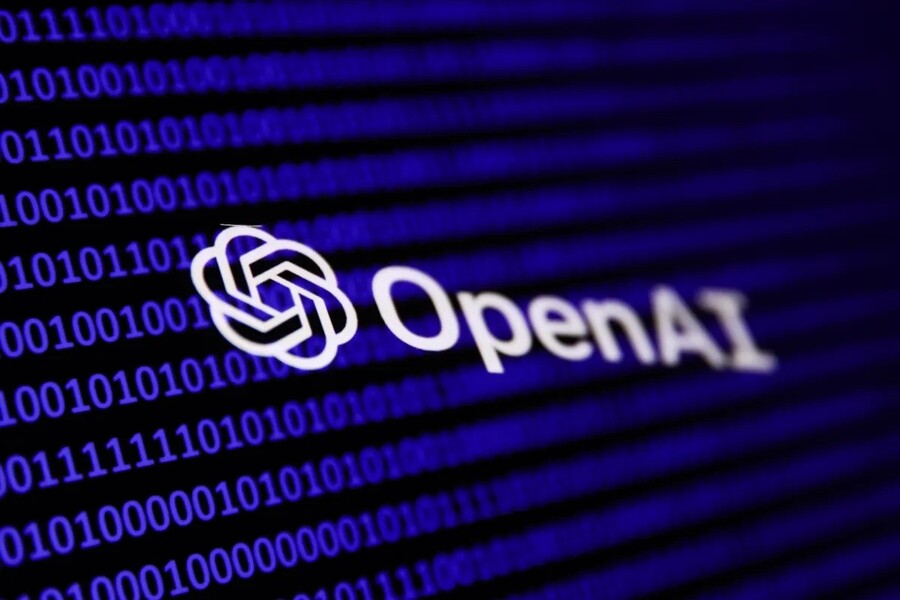OpenAI has unveiled its most powerful and costly AI model to date, o1-pro, as part of its developer API. This advanced iteration of the o1 “reasoning” AI model boasts improved performance and reliability, but it comes with a hefty price tag, making it OpenAI’s most expensive model yet.
According to OpenAI, o1-pro utilizes more computational power than the standard o1 model, ensuring it delivers more accurate and refined responses to complex queries. However, access to the model is restricted to select developers, particularly those who have already spent at least $5 on OpenAI API services. This exclusivity underscores the company’s strategic positioning of o1-pro as a premium AI solution.
The pricing structure for o1-pro is significantly higher than previous models. OpenAI is charging $150 per million tokens (~750,000 words) for input and $600 per million tokens for output. This makes it twice as expensive as GPT-4.5 for input costs and a staggering 10 times more expensive than the regular o1 model for output. The company is betting that developers seeking higher precision, reliability, and reasoning capabilities will find the added cost worthwhile.
“O1-pro in the API is a version of o1 that uses more computing power to think harder and provide even better answers to the hardest problems,” an OpenAI spokesperson stated in an interview with TechCrunch. “After receiving numerous requests from our developer community, we’re excited to bring it to the API to offer even more reliable responses.”
However, early reactions to o1-pro have been mixed. While it has been available in OpenAI’s ChatGPT Pro subscription service since December, some users have found its performance underwhelming. Reports indicate that o1-pro struggles with Sudoku puzzles, fails to grasp optical illusion jokes, and only shows marginal improvements in coding and mathematical problem-solving compared to the standard o1 model. Even OpenAI’s internal benchmarks from late 2023 suggest that while o1-pro performs slightly better in problem-solving, it does not present a major leap in AI capabilities.
Despite these critiques, OpenAI remains confident in o1-pro’s potential. The model’s enhanced computational power is expected to reduce hallucinations, improve logical reasoning, and provide more consistent responses. The company anticipates that o1-pro will attract developers working on high-stakes applications, such as financial modeling, scientific research, and enterprise-grade AI solutions.
The release of o1-pro marks a significant moment in OpenAI’s strategy, signaling a shift towards high-end, specialized AI models aimed at businesses and developers willing to pay a premium for better performance. However, questions remain about whether the model’s improvements justify its astronomical cost. As AI technology continues to evolve, developers will have to weigh whether o1-pro delivers enough value and efficiency to warrant its exclusive price tag.
With OpenAI pushing the boundaries of AI development, the reception and adoption of o1-pro will serve as a litmus test for the future of high-priced AI models. If it delivers on its promise, it could redefine the AI-as-a-service market, setting new benchmarks for computational reasoning and advanced AI applications. If not, it may simply be remembered as an overpriced experiment in OpenAI’s growing portfolio of AI innovations.







